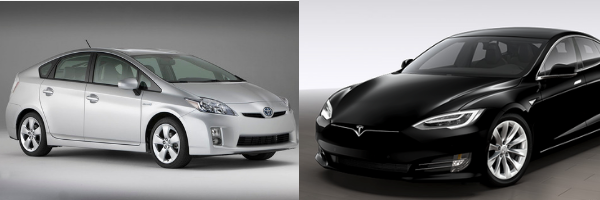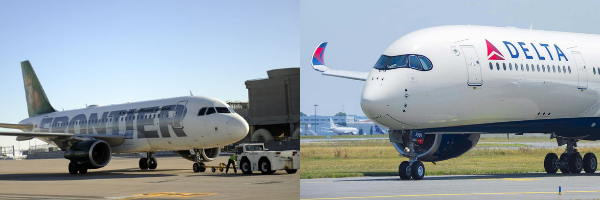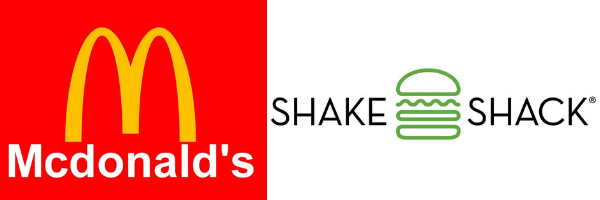
Everyone who took ‘Marketing 101’ learned about the 4 “P’s” of marketing:
- Product
- Price
- Physical distribution
- Promotion
But since you attended college, a fifth “P” has been added signifying “Positioning”…and it should take a leading place when developing your marketing strategy prior to working through price, physical distribution and promotion. After all, how can you determine the price, your channels of distribution and the way in which you promote your brand, until you have determined how you need to position your product or service?
So what exactly does “positioning” mean? It’s the process of identifying how you position your product, service or brand in your target market and in the mind of your targeted customer or prospect. In other words, how you want your market, customer and prospect to perceive your product, service or brand.
Some well-known examples of positioning:
PRIUS VS. TESLA

Entry-level: The Toyota Prius was the first mass-produced hybrid vehicle. Introduced worldwide in 2000, it was positioned as an economical car for the masses that could provide the owner with significant fuel savings with minimal emissions. It launched at a cost of $25,000, and demand exceeded supply.
High-end: When Tesla decided to break into the electric vehicle (EV) marketplace with a luxury sports model priced at $100,000+ it targeted the more affluent individual who sought luxury but with no emissions. It didn’t have to compete with the Prius.
FRONTIER AIRLINES VS. DELTA

Entry-level: Introduced in 1994 as the cheap flying alternative, with travel across the country for less than $50, Frontier Airlines didn’t offer a frequent flyer program, international destinations, fancy peanuts, or even more legroom, their position at the bottom end of the air travel market answered the need of their target group, the economy traveler. Modeling itself after Ryanair and other European carriers that have succeeded by utilizing secondary airports, there’s nothing fancy about the Frontier marketing strategy. Price is their primary marketing tool.
High-end: Delta offers five distinct travel experiences, including Delta One TM, First Class, Delta Comfort+ TM, Main Cabin and Basic Economy. The Delta One TM, First Class, Delta Comfort+ TM are premium services and are therefore high priced. The Main and Basic are affordable classes however passengers can buy extra amenities as per their requirements. Discounts are available from time to time, but this is the higher end of the price point.
MCDONALDS VS SHAKE SHACK

Entry-level: The second largest food company in the world based on locations, McDonalds has always provided an economical, quality meal for a decent price. Known by its ubiquitous brands, including the Big Mac and Quarter Pounder, you can still get away with spending under $5 for a reasonable meal. Their target remains the low to middle income family.
High-end: Shake Shake entered the market in 2004 as the high end competitor to McDonalds, offering ‘gourmet’ hamburgers and shakes in urban settings, at a higher end price. Their primary millennial target happily spends those extra dollars to sit in a chic environment eating so-called ‘gourmet’ burgers, fries and shakes. A meal consisting of a Shack Burger, a signature frozen custard shake, and fries will cost $13.The list of comparisons goes on, but you should be getting the idea.
To get really fluent, I highly recommend you read “Positioning, the battle for your mind.” written by marketing experts Al Ries and Jack Trout. It may be the definitive book on the subject. They define it in this way:
“Positioning is what you do to the mind of the prospect. Put another way, it’s how you differentiate yourself in the mind of your prospect.”
So now you have a better understanding of the positioning game, let’s move on to documenting your positioning concept by writing a positioning statement. It’s an expression of how a given product, service or brand fills a particular consumer need in a way that its competitors don’t. According to Cornell, these six factors make for good positioning statements.
1. It is simple, memorable, and tailored to the target market.
2. It provides an unmistakable and easily understood picture of your brand that differentiates it from your competitors.
3. It is credible, and your brand can deliver on its promise.
4. Your brand can be the sole occupier of this particular position in the market. You can “own” it.
5. It helps you evaluate whether or not marketing decisions are consistent with and supportive of your brand.
6. It leaves room for growth. In short, a positioning statement is a one or two sentence declaration.
As an example, we position ourselves as a marketing agency that can help our clients communicate, by using the many different available marketing tactics to communicate with their target audience. By virtue of our need to even the playing field between us and our competitors, we have to make an extremely broad service offering – and the list always seems to be growing – so in order to encapsulate all those services in one statement, and give ourselves some room to grow, we focus on the words “ATTRACT & CONVERT,” to describe what we do overall, versus focusing on any particular tactic or any particular business segment.
Here is our positioning statement:
“We help you ATTRACT & CONVERT customers. We help you retain them too.”
According to the American Marketing Association, the average person in a mid-sized city is now hit with around 10,000 advertising messages every day. Your customers – in B2B and B2C environments – are also inundated with messages from countless online and traditional media channels, so how do you create a brand positioning that differentiates your offering from your competitors and makes you stand out?
This is the positioning challenge you must overcome in order to develop your 5th “P”. Beyond your Product (or service), I believe it to be the most important aspect of your “marketing mix.”
